Recommended Posts
shah269 0
Quote
light wingloading. there's a germain article about lightly loaded canopies and turbulence and how to cut through it.
i'm surprised you haven't read it already.
I haven't seen it!
I didn't see it in the book but I will look for it.
Funny thing I am landing where I say I want to land...it's just the last 200ft...that looks a bit strange.
I think it will just take time and practice.
Thank you!
The only thing that falls from the sky is birdshit and fools!
QuoteI do watch the winds before taking off and even look at the DZ and visiualize my pattern as i look down at the DZ. And so far I'm with in 10m of where I want to be when I touch the ground.
If you have to do a flat turn to end up within 10m of where you planned, then your pattern is not right, and you're (literally) cutting the corner to get to where you want to be, and that's not good.
It's really simple, you have a goal and the way to reach it is through science. Create a hypothesis (your flight plan), conduct an experiment (your jump) and formulate a conclusion (your conclusion). Like any scientific experiment, the quality of youre conclusion will result form the quality of your hypothesis and experimentation.
Write things down, plan the flight to the best of your ability. Jump. Write down everything you can remember soon after landing. Take your time and look at the data. Draw your conclusions, then bounce them off a more experienced jumper, and use them to write the plan for your next jump. What you want to do is plan the entire flight, fly the plan accordingly and then end up within 10m of your intended touchdown point. If you can repeat that for 5 or 10 jumps, you've figured it out and can just wing it from then on (no pun intended).
In terms of soft landings after a flat turn, you got lucky (maybe). I say that because if you look at your experience with that chain of events, you've done it once (or a couple times) but nowhere near enough to make a hard conclusion that a flat turn will equal a soft landing.
The truth is actually to the contrary. Your best flare will be with the most speed going in, and your canpoy goes the fastest in full flight. As previously mentioned, you want a good ten seconds of zero-input full flight before the flare on every jump.
The turbulence issue is along the same lines. Just because you noticed something once or twice does not mean that's the way of the world. Maybe is was just that day, just that canopy, or just that variety of turbulence that caused what you noticed, but the one thing to remember about turbulence is that it's not predictable, and avoidance is the only sure fire cure for it. Avoid jumping in turbulent conditions, and avoid flying in areas where object turbulence is likely. Remember that object turbulence becomes more of a factor as wind speed increases.
It's a good thing to pay attention to your canopy flight, but make sure that you're not handicapping yourself because of your injury. You're a big guy who was jumping a ragged out student canopy. You had less than ten jumps, and didn't PLF your landing. It's no surprise that you got hurt, but it's not because you have something wrong with you that makes it hard for you to fly a canopy.
With a little bit of thought, canopies are easy to fly. From reading your posts, while you might be a bit of a 'character', you're certainly smart enough to fly a parachute, so just do the work for a few jumps and everything will work itself out.
Quote+1 to stop counting on the dytter. you put others at risk if you can't land a predictable pattern using only an altimeter.
What do you think a dytter is, genius? It's an altimeter, and truthfully if you're going to use one for flying your pattern, the audible one is what will keep your eyes up and looking for traffic. The visual one will have you glancing back and forth from it to your surroundings, reducing the quality of your traffic scan.
How about not using either one? Use your eyeballs to fly your parachute where you want to go? As a student, you can reference it AFTER you have looked and determined you are at the correct altitude to check the accuracy of your 'eyeballing', but after that you should just be flying your canopy with your brain and eyeballs.
Inspired 0
I guess my question is: when the canopy surges after returning to full flight, how long till that extra speed bleeds off?
QuoteI guess my question is: when the canopy surges after returning to full flight, how long till that extra speed bleeds off?
The answer is that it doesn't matter. The reason is that there is a time period after you release the brakes where the canopy will not respond to input. Release the brakes too low, and need to flare? Too bad, you're going plant yourself pretty hard in the LZ, no way around it.
Keep in mind that the majority of tandem canopies are 350 to 400 sq ft, and typically loaded right around 1 to 1, similar to what's reccomended for a new jumper with 20 jumps. Now consider that thses canopies are being flown by TIs with at least 500 jumps, and the ones using the brake surge typically have many more. The way they handle their canopies, and the conditions they jump in are not examples for other jumpers to follow.
In regards to Shah, you may be correct about his landing. If that was the case, then he's lucky he didn't snap his leg again. The catch 22 to making a low, flat turn is what you do afterwards. If you're high enough you can return to full flight, if not, you need to be ready to return only to braked flight, and be willing to land in that configuration.
Many jumpers miss that part of the 'flat turn' concept, and feel that becuase they can turn in half brakes they're all ready for anything. Avoiding an obstacle or collision is only half of the battle, you're still flying and still have to land safely.
billvon 3,058
>flight, how long till that extra speed bleeds off?
Pretty quickly. Do it too low and you hit very hard; do it too high and the canopy may recover to a _lower_ airspeed, resulting in a harder landing.
QuoteI've often noticed tandem instructors making a braked approach, then at about 50 ft off the ground, returning to full flight and using the speed of the resulting surge to get a better flare. Could that be the cause of Shah's soft landings after a flat turn to final? Or is that only effective when done close to the ground, like at 50 ft like the TIs do?
I guess my question is: when the canopy surges after returning to full flight, how long till that extra speed bleeds off?
The tandem instructor's technique of more or less flaring at 50 or so feet, then letting the canopy surge and using the surge to improve the bottom end flair is not the same as a braked approach that should be used if you find yourself rather low and must get turned around.
The classic braked approach does not involve letting the canopy surge. The classic braked approach is slowing the canopy down to reduce the sink rate and altitude loss in turns to maximize the time you have to get the canopy turned for landing. The classic braked approach keeps the canopy directly above you for the whole thing. There is no surging, and there is a minimum of pendulum action during the turns. At the end of the classic braked approach, you might have very little energy left for a strong flare, and you should be ready to PLF.
That surge maneuver is for experienced pilots only. The problem is that the timing is critical. You have only a small window of opportunity to do it right, and if you do it wrong, you could end up surging into the ground.
QuoteQuote
light wingloading. there's a germain article about lightly loaded canopies and turbulence and how to cut through it.
i'm surprised you haven't read it already.
I haven't seen it!
I didn't see it in the book but I will look for it.
Funny thing I am landing where I say I want to land...it's just the last 200ft...that looks a bit strange.
I think it will just take time and practice.
Thank you!
Clicky
DPH -7, TDS 578, Muff 5153, SCR 14890
I'm an asshole, and I approve this message
shah269 0
Thank you, I will make a more detailed landing pattern plan and do my best to stick with it.
As for the flat turn, toggles at 1/4th with one just lower than the other happens at around 250ft.
Looking at soem video I guess what you can say is that I'm "running" back and forth on my base but instead of back and forth i get "turn...and oh look here is about 200ft...so keep turning...look at wind indicators makes ure I'm lined up, hands at a little less than 1/4th....run her in and then flare"
I think it's an experiance thing. I just need more of it. Thank you for your help. I think I see it now.
And FYI...worst thing for a student to do if you ask me...since I am and will be for many many many years to come...is to watch tandems....those guys land so differently than all the rest of us.
ps
I"m very sorry, my wing loading is about 1.4ish
I'm 180lbs. Sorry about that. I said 0.75. I'm sorry
The only thing that falls from the sky is birdshit and fools!
jsreznor 0
QuoteWhat do you think a dytter is, genius?
It's amazing how knowledgeable you can sound one minute and how douchey you can be the next.
shah269 0
QuoteQuoteWhat do you think a dytter is, genius?
It's amazing how knowledgeable you can sound one minute and how douchey you can be the next.
Well hold on hold on boys....look at how many jumps you have? You can "see" how high you are because well...you have done this more than me.
You have better "feel". Now I'm new. And I lack that "feel" of how high I am and where I should be so I use this device as a guide not as a crutch. It is there to remind me and not to tell me.
We ok now?
The only thing that falls from the sky is birdshit and fools!
burtonjm 0
Quoteps
I"m very sorry, my wing loading is about 1.4ish
I'm 180lbs. Sorry about that. I said 0.75. I'm sorry
A wing loading of 1.4 with 10 jumps? I highly doubt your instructor would recommend, let alone allow you to jump a wing loading that high with 10 jumps.
shah269 0
Quote
A wing loading of 1.4 with 10 jumps? I highly doubt your instructor would recommend, let alone allow you to jump a wing loading that high with 10 jumps.
I'm sorry....0.70. I'm very sorry about that.
My bad. Another "Dooh" moment.
The only thing that falls from the sky is birdshit and fools!
Harmless 0
Quote
ps
I"m very sorry, my wing loading is about 1.4ish
I'm 180lbs. Sorry about that. I said 0.75. I'm sorry
What size is the canopy? I think
ETA, Seems I was too slow with comment and you already corrected yourself. But I'll leave it up anyways lol
Glitch 0
QuoteThat surge maneuver is for experienced pilots only. The problem is that the timing is critical. You have only a small window of opportunity to do it right, and if you do it wrong, you could end up surging into the ground.
Agreed! ...but, IMHO, is NOT for Tandems regardless of the number of jumps they have (the passenger doesn't know/understand the risk involved). I remember this coming into fashion back in the day. Thankfully, it eventually went out of favor after enough folks pounded in. Unfortunately, it seems to have made a comeback, under the guise of 'That was then, this is now and modern canopies are made of zp....'. Unfortunately the material the canopy is made from doesn't matter as, you mentioned, its a matter of timing and as such its just a matter of time before every tandem instructor doing this biffs it. I just hope their passenger doesn't get seriously hurt in the process.
But this is just my opinion... I'm not a TI (as if by virtue of the rating they magically become immune to fucking up).
QuoteQuote+1 to stop counting on the dytter. you put others at risk if you can't land a predictable pattern using only an altimeter.
What do you think a dytter is, genius? It's an altimeter, and truthfully if you're going to use one for flying your pattern, the audible one is what will keep your eyes up and looking for traffic. The visual one will have you glancing back and forth from it to your surroundings, reducing the quality of your traffic scan.
How about not using either one? Use your eyeballs to fly your parachute where you want to go? As a student, you can reference it AFTER you have looked and determined you are at the correct altitude to check the accuracy of your 'eyeballing', but after that you should just be flying your canopy with your brain and eyeballs.
like in the last few days, i've had the same discussion with that old fart from STF the other day; and while i only re-urgitated loosely, i'll try to give an exact answer to what BG has said in his book.. here goes:
"Use your altimeter for se-up. Despite what many experienced skydivers believe, visual acuity isn't all that relaiable. Airplane pilots use their instruments to aid in the approach, why do skydivers think they are so special? Maintain your altimeter, and use it!"
lesson number six from HIS book..
-Hunter S. Thompson
"No. Try not. Do... or do not. There is no try."
-Yoda
Scrumpot 1
I think the OP referring to using beepy-things, was meant to dissuade you from becoming Pavlovian.
Whether thinking that you are relying on it, or just (even just temporarily) "using it as a crutch" does not matter. Until you have at least 1st learned, and internalized independently with your own eyes, how to fly (and adjust if/when/as necessary) your pattern(s) - using a beepy thing to queue you is, IMHO - bad "training".
One day, the beeper will either not go off (batteries die, forgot to turn on or set correctly etc. as has already been mentioned) - or, even the opposite - it does go off, and you JUST REACT - because that is what you have now trained yourself to do. ...And if that reaction would be inappropriate due to other factors or considerations you should be making or taking... ...Oh well. ![]()
FWIW.
DocPop 1
- Plan your pattern to the exact altitude you want to be at each point (entry, turn to base and turn to final) and know EXACTLY where over the ground these points will be.
- Use an altimeter (preferably a digital such as a Viso etc). If you do not, you will not know if you arrive at your entry point at 1100' instead of 1000' or your final at 320' instead of 300'. The human eye just can't distinguish between the two.
- Fly your downwind and base legs in brakes - half-to-quarter brakes would be ideal. Why? Firstly it slows everything down and makes the process less rushed. Secondly, if you realize that you are going to hit the next point in the pattern too high - let up and let the canopy sink. If you are going to be thee too low - go to deeper brakes and "float" there. Again, you need a digital altimeter for all this.
- Flat turns in the pattern are fine - in fact they are good practice. However, you must allow enough time after your turn to final for the canopy to recovery completely to full flight - usually 10 second with no toggle inputs is quoted. If you need to adjust your line on final slightly then lean in the harness which will slowly correct without robbing you of speed. As has been previously stated; speed=lift=flare power.
Practicing the above on every jump will lead to a predictable pattern and to your canopy flying at it's most efficient when you need to flare. This is safer for you and for others.
Good luck dude - glad you're back in the air!
~ CanuckInUSA
Scrumpot 1
Quote"Use your altimeter for se-up. Despite what many experienced skydivers believe, visual acuity isn't all that relaiable. Airplane pilots use their instruments to aid in the approach, why do skydivers think they are so special? Maintain your altimeter, and use it!"
lesson number six from HIS book
I believe you are taking BG's quote, and reference here - out of context. And therefore you are misapplying it, where it does not (here, for a beginner/student who does not even have BASIC PATTERN skills) apply. I believe you also need to take into account the context of the lesson (chapter) you are referring to, is (IIRC) in reference to set-ups for HP Landings! This is very specific, and I do not believe applies to the OP's situation.
Visual analog altimeters, as are what are USUALLY issued to students, just are not accurate enough below 1k to be RELIABLY used effectively for this purpose. If he has one of the latest, specific to the application digitals, okay then - MAYBE.
Otherwise though VB - IMHO, you are mixing apples and oranges, and providing advise that is designed for a specific purpose, then taking that advice and applying it to another purpose entirely - for which it was not intended, nor Germane (yes, bad pun intentional


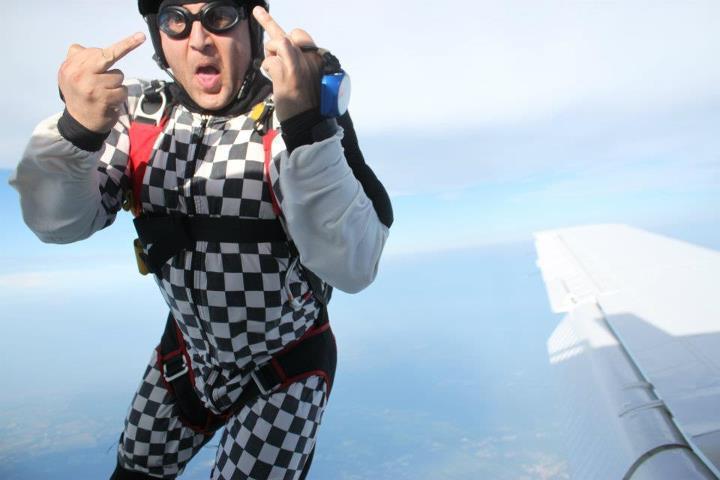
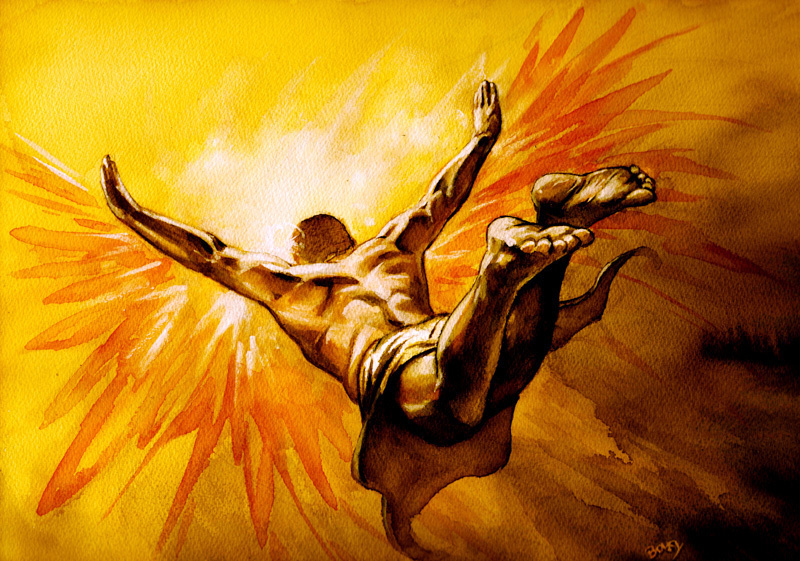

.thumb.jpg.4bb795e2eaf21b8b300039a5e1ec7f92.jpg)
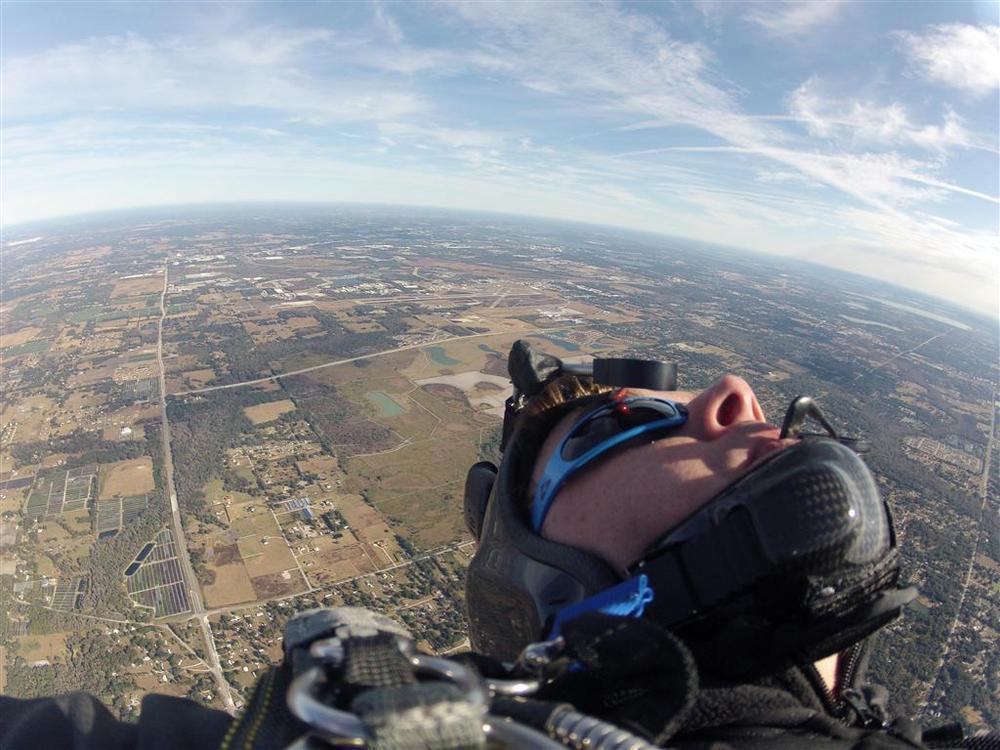
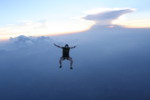
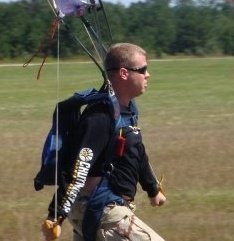
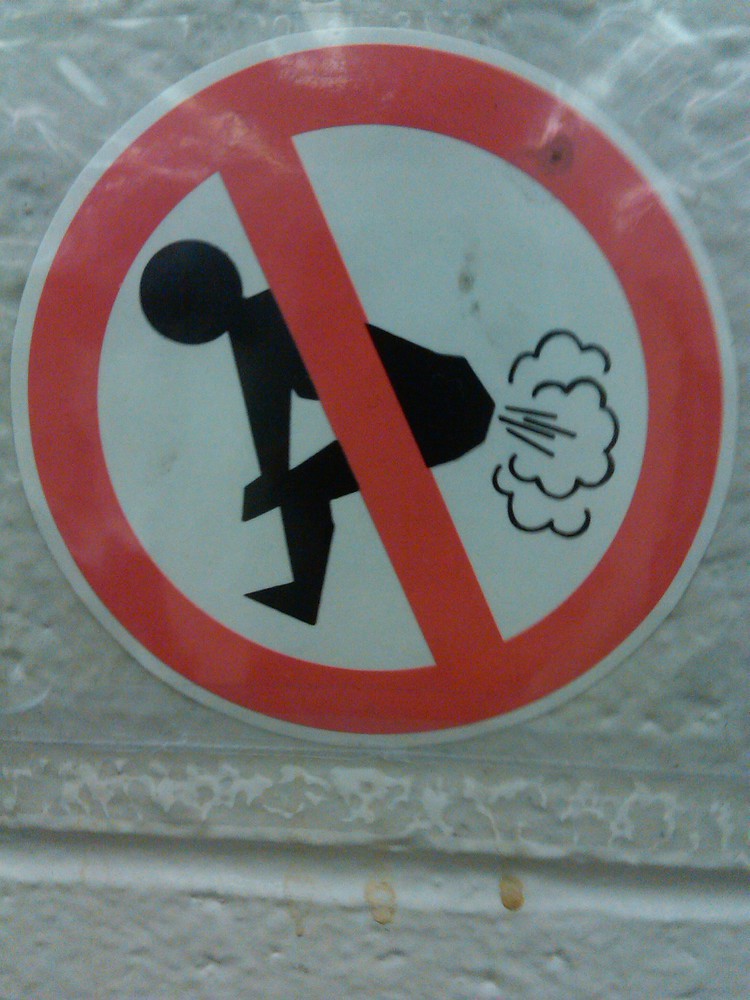



light wingloading. there's a germain article about lightly loaded canopies and turbulence and how to cut through it.
i'm surprised you haven't read it already.
Share this post
Link to post
Share on other sites